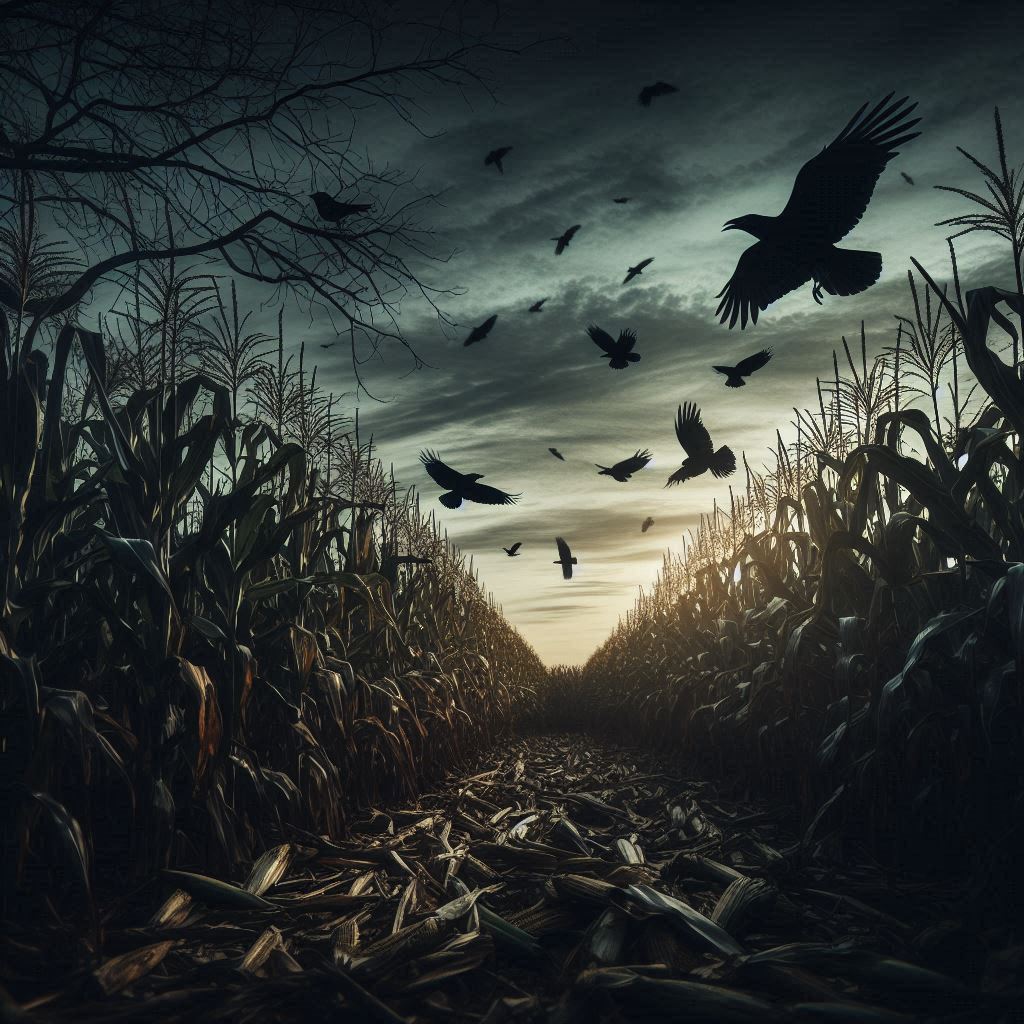How to use setting to scare your readers
Writing and Learning
Do you have a hankering to write a scary story, but you’re not sure where to begin? Start with imagining your setting, or where your story takes place.
Creepy settings are the tropes of horror stories and sets the tone for your novel. It’s the eerie places no one wants to talk about, let alone visit. From abandoned houses, to a cabin tucked deep in the woods, to a cornfield, and dingy cellars, these are the places monsters thrive.
Settings alone aren’t frightening. They need life to scare the reader to death. That’s the fun part—taking an ordinary location and making it unnerving.
But before we dive into a horror setting, let’s take a quick glance at the basics of setting in story.

Basics of Setting
Setting is important in any genre. You must understand your character’s locale because not every location is the same. Unless you’re well-traveled and have experienced different cultures around the globe, do your research.
Develop a deep understanding of how people in your chosen region live. No two places are the same. People live quite differently residing in San Francisco in comparison to the Appalachian Mountains. This goes for your characters as well. If you create an unrealistic setting, for example, San Francisco-ians are cooking moonshine in the forest, your readers will see through your story, call BS, and give you a horrible review.
Once you’ve completed your research, now imagine how your characters exist their world. Before sitting in front of your computer screen, close your eyes and imagine the life your character is leading. Do they spend most of their time in their corner office in a high-rise or are they a self-employed mechanic? Setting has a dramatic effect on the characters you create and how they relate to others in the story.
After you’ve created the ultimate environment for your characters to live in, next, determine the setting that your characters will die, I mean, survive in.
Let’s take the basic idea of setting and kick it up a notch.
From Basic to Disturbing
Horror settings don’t start out scary. They begin with normal people, doing everyday boring stuff, that is, until odd events change the story’s predictability, giving way to dread and anxiety in the reader, or in this example, the viewer.
Consider the movie Poltergeist. The family is happy and everyone is getting along—that is until the daughter stares into the white noise of the television too long. Soon, unpredictable events start occurring. The scraping of the tree limb on the window. A toy clown isn’t where the boy left it. Cabinets opening and closing on their own. Furniture is rearranged. And before we know it, They’re Here!
Some examples of horror settings
- An abandoned place
- Dark Forest
- A cabin in the woods
- A well-known haunted location
- Secretive laboratory or government base
Atmosphere & Imagery
Once you determine the setting for your story, add the flare that creeps out your readers.
The atmosphere focuses on the details, or images within your eerie setting. An abandoned house isn’t terrifying, but how you portray the house—well, that’s a whole different story. How does the house look from the outside?
Maybe shutters are half falling off and the howling wind moves them just enough so they scrape against the brick creating a hallucinating high pitch scream, like that of a banshee. When the main character walks by the house, a candlelight flickers from behind yellowed curtains and makes her want to check out the old home on the inside. She’s hesitant, but her curiosity gets the better of her.
Once she pries a two by four off the front door, she can’t explain the feeling that someone is watching her. Shadows move unnaturally over the blood stains splashed only on the north wall. She covers her nose with her shirt collar because the stench of dust and decay are too powerful. With every short step, the floor boards creek underfoot. When she turns to leave, the front door slams shut.
How can you make a normal setting bloodcurdling?
Horror Writing Prompt
Let’s drive to a cornfield. There’s nothing scary about the landscape, right? Just a gazillion corn stalks swaying in the breeze, back and forth, back and forth. The car’s windows are open and you feel mesmerized by the color changes on the trees. It’s a breezy fall day and you decide to park the car, stretch your legs a bit, and take in the new environment. You jump over the small ravine marking the perimeter of the field and something changes—the atmosphere.
The fall, crisp day turns darker. The wind picks up. Crows start cawing in multiples of three, giving you the feeling as though they’re mocking your presence. Maybe their call is a warning to turn around. Or do they want you to follow them?
You know you should leave, hop back over the ditch, and get back into your car, except something is pulling you deeper into the maize.
What happens next is up to you. Just remember to add details that create anxiety, build suspense, and never, never, go alone!
-RADolence

